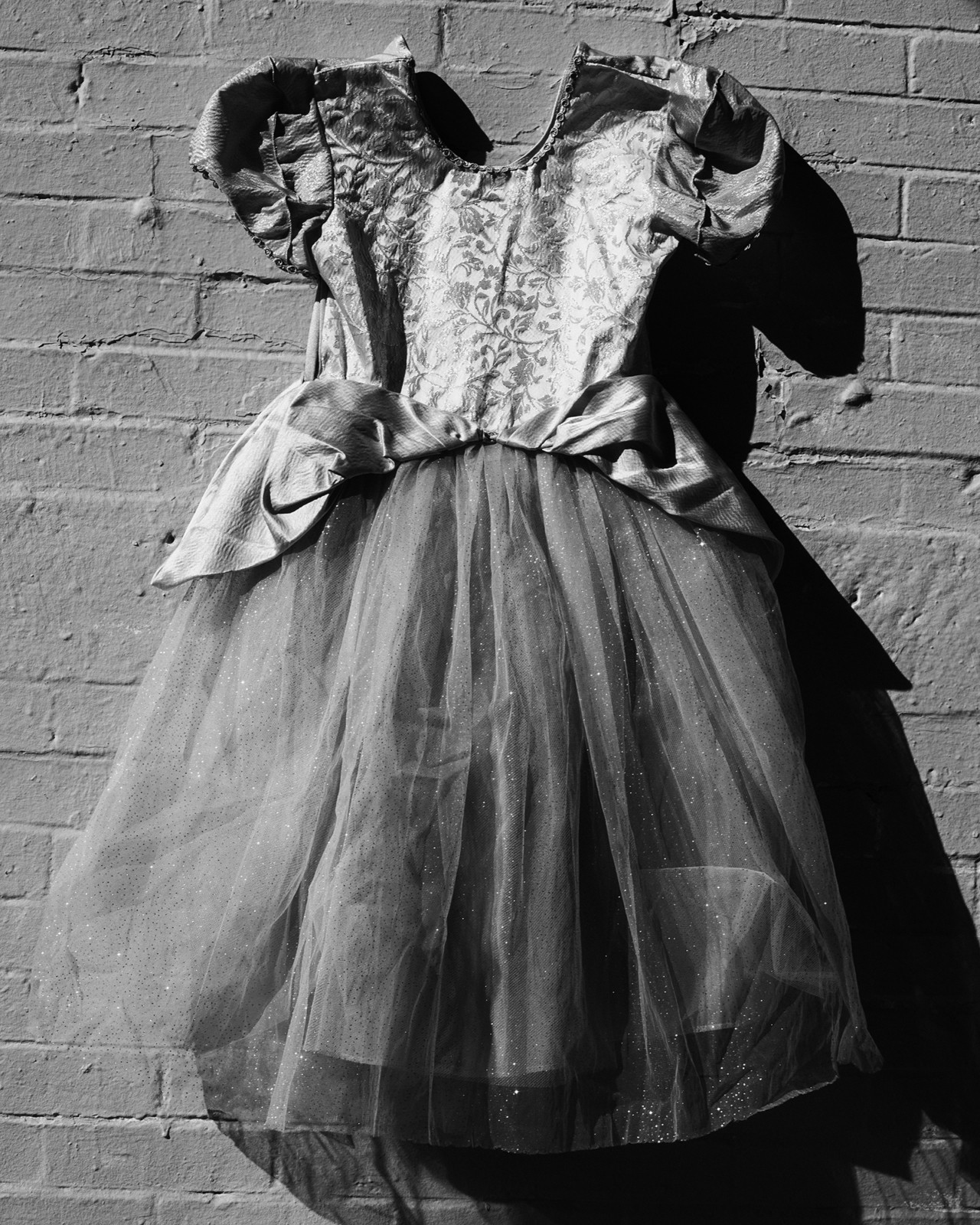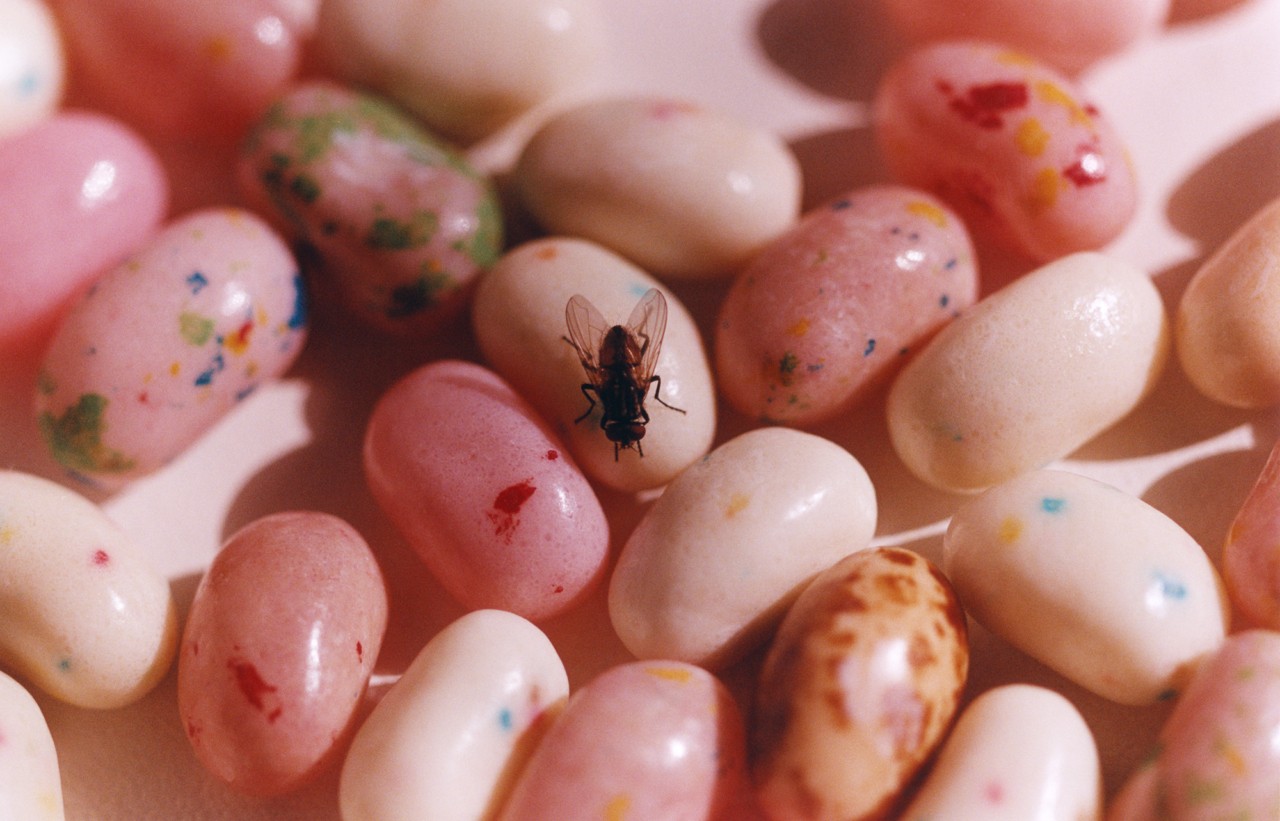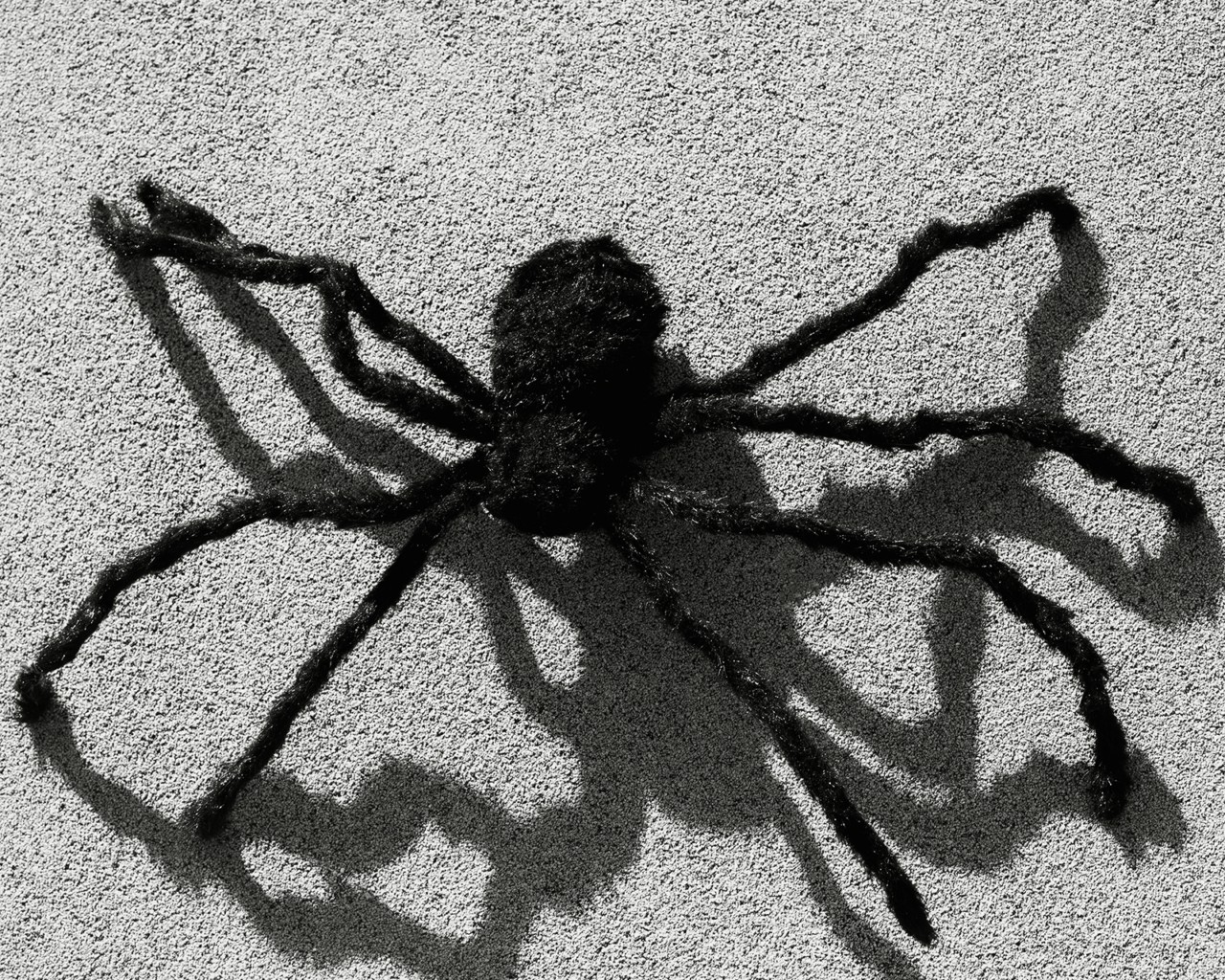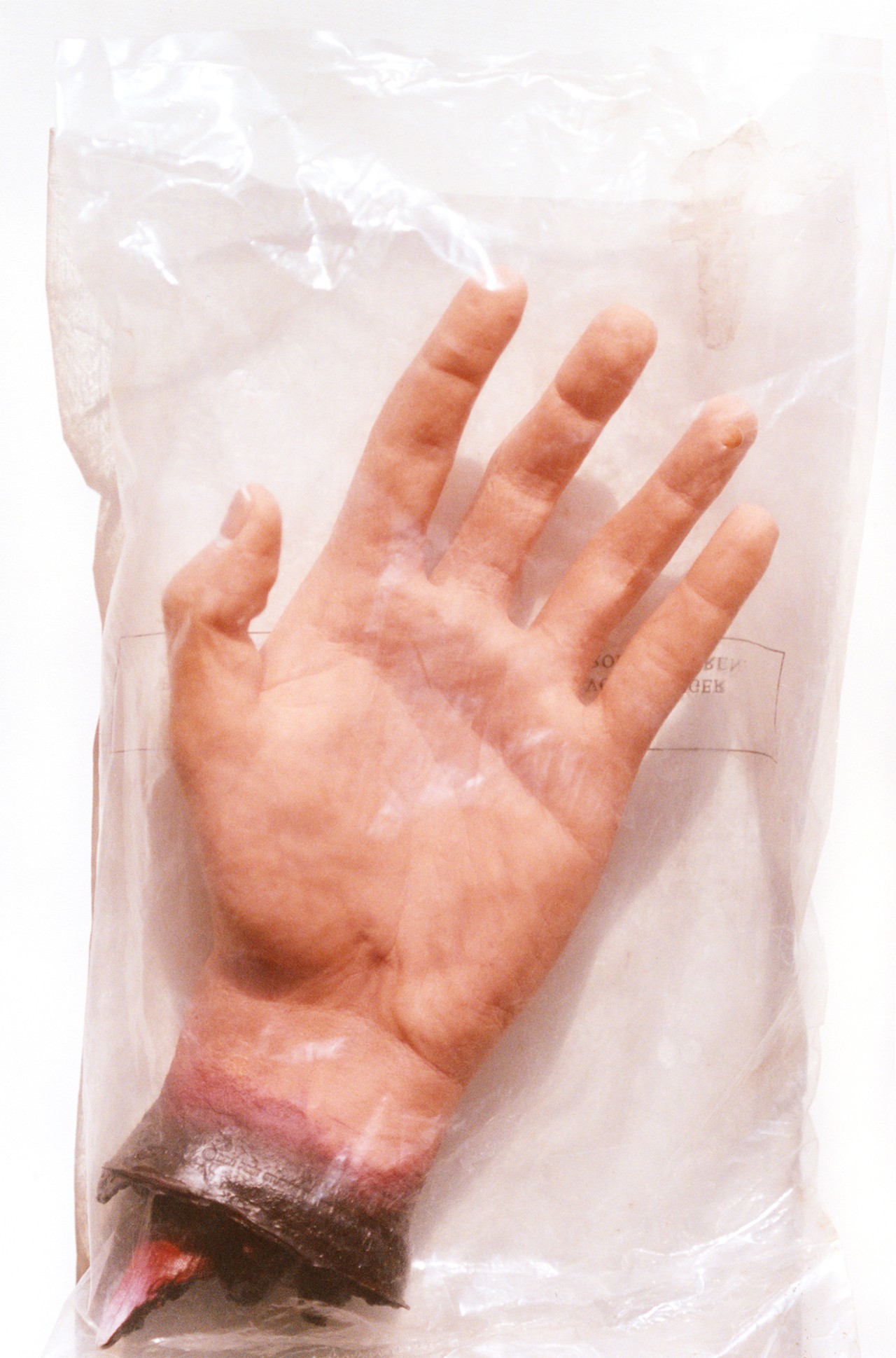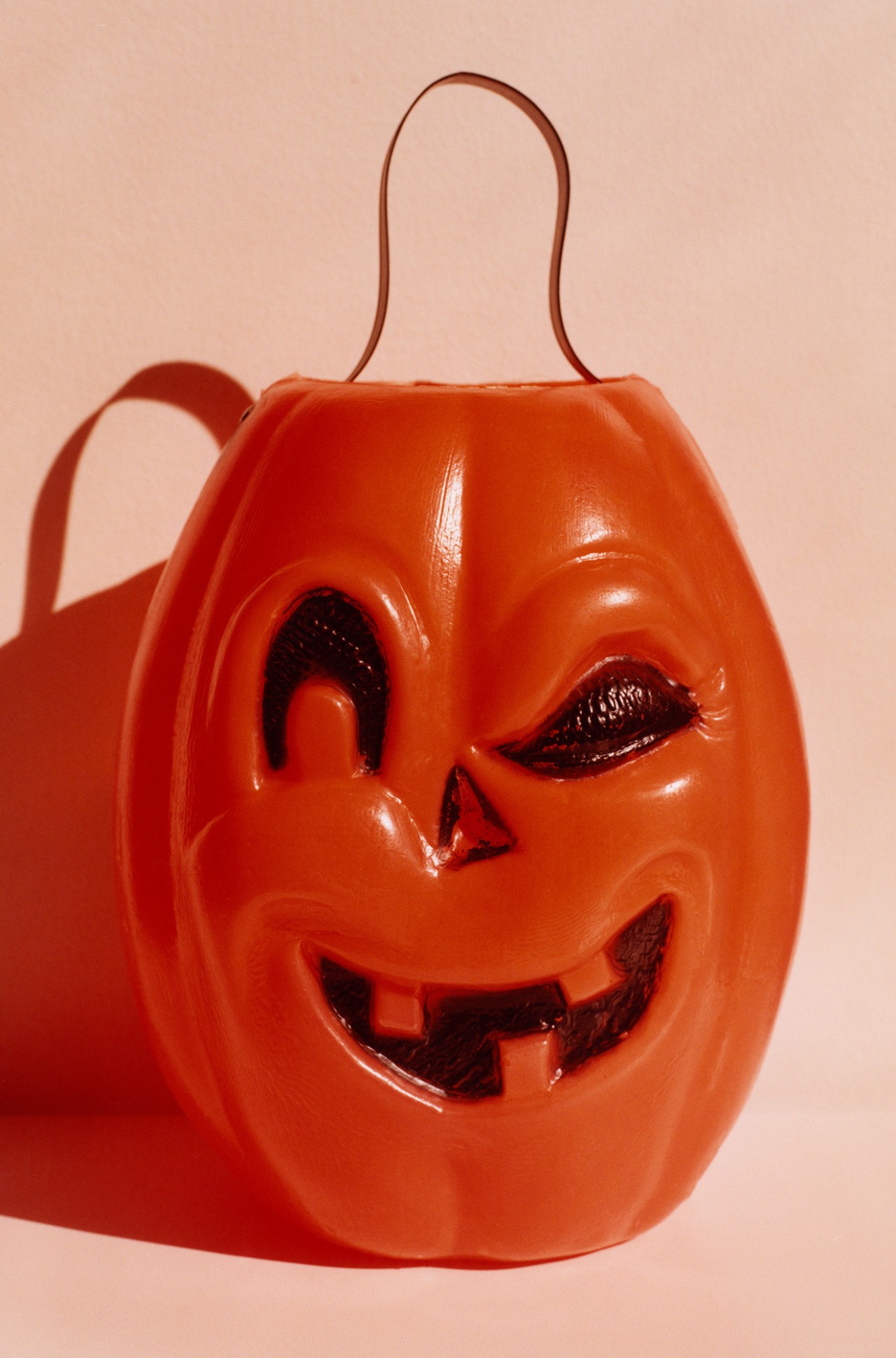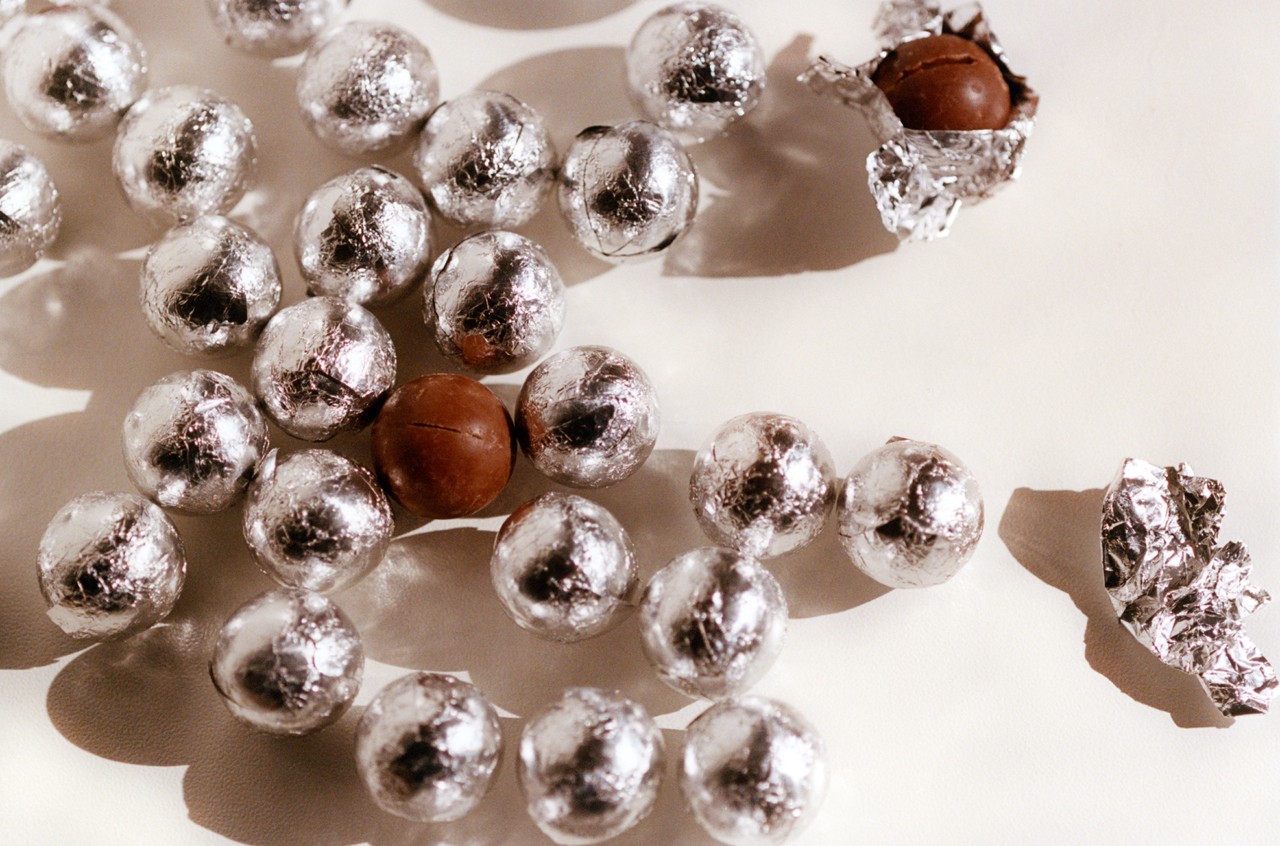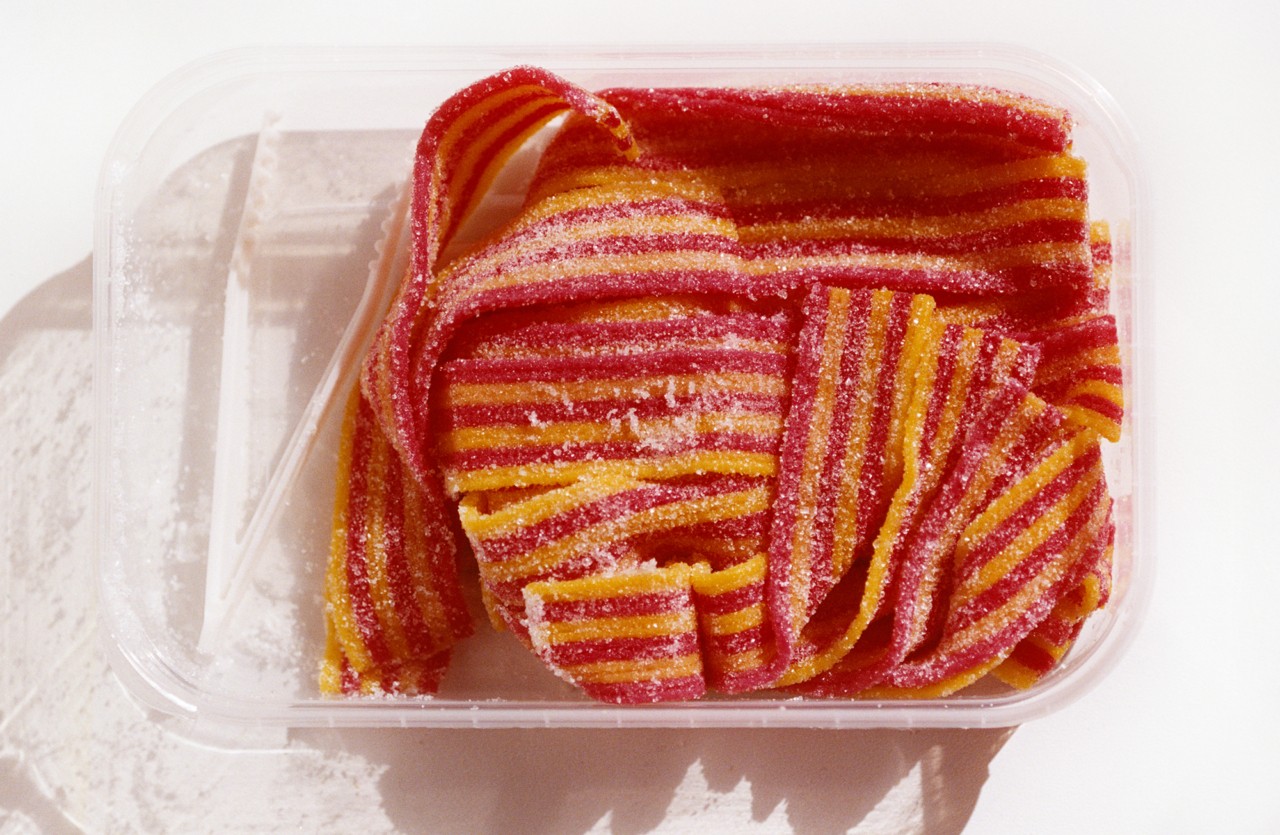

Words by Scarlett Harris
photographs by hailey heaton
’Tis the season: pumpkin spice is in the air, individually wrapped candy is on sale, and those who’ve left their costumes to the last minute are trawling social media for inspiration with Temu open in another browser tab. While questions about how much facepaint is required to transform into Moo Deng for a night fill the group chat, the jump scare can be found elsewhere: Where do all the Shein castoffs and discarded jack-o’-lanterns—real and plastic—go once we’re done with All Hallows’ Eve?
Halloween is projected to be a £1 billion ($1.3 billion) season in the U.K. this year, which has nothing on the $11.6 billion Americans are predicted to spend (although that’s down from last year’s $15 billion). According to a 2019 study from the World Economic Forum, $400 million worth of uneaten lollies are chucked out every Halloween—and that’s before the pandemic triggered an uptick in disposable, individually-wrapped, and single-use items.


Meanwhile, 60% of pumpkin-carving enthusiasts in the U.K. don’t use cucurbits for food—despite the fact most carved pumpkins have had the inner sustenance bred out of them for ease of sculpting. These jack-o’-lanterns in various stages of decomposition are then thrown in the general waste bin rather than composted. And for those of us in countries in the southern hemisphere, it’s not exactly winter squash season, meaning most Halloween pumpkins are imported and thus have a large carbon footprint.
Though the U.S. is Halloween’s predominant market, the Samhain winter solstice has roots in the U.K. and Ireland with Irish and Scottish immigrants bringing it to America in the 1800s. Halloween has increased in popularity in recent years, starting with the odd skeleton decoration at the supermarket to full-blown trick or treat parties happening in various neighborhoods across the world. Today, Halloween is gaining traction in countries that haven’t traditionally celebrated it.
But as with any commercial holiday, greater participation also means an increase in consumption of primarily plastic goods—whether they be decorations, individually-wrapped sweets, and plastic-derived costumes.

Daniel Webb, founder of Everyday Plastics, an evidence-led social enterprise focused on raising awareness around the environmental harms of single-use soft-plastics, urges greater reflection on the excessive consumption of Halloween candy.“The packaging for that stuff is used for [just] one night. We need to look at the culture that’s embedded in that throwaway, superfluous, careless approach to consumption,” Webb tells Atmos. “Candy and chocolates are very reliant on soft plastic as a material because it’s cheap, it’s flexible, it’s lightweight, so it can be used as part of a product, which is also very cheap, high in sugar, and high in fat. [In other words], plastic enables those products.”
Eleni Iacovidou, a lecturer in environmental management at Brunel University in London, identifies decorations such as streamers, novelty plates and cutlery, and confetti as responsible for the majority of Halloween waste because people are unlikely to reuse them the following year. “Confetti—made of plastic or paper and full of toxic dyes—tends to escape from where events are taking place and leak into the open environment,” she says. “This is why it’s so difficult to collect [and discard] confetti in full amounts.”


Every year, however, it’s costumes that take center stage during the holiday—and with good reason.
In 2022, Americans spent $4.1 billion on their ensembles. Yet, just under half of all Halloween costumes, the majority of which are made primarily from plastic, are worn only once, with 85% of them ending up in textile dumps. Unsurprisingly, these costumes are also the most problematic: fast fashion is now a $2.4 trillion juggernaut with consumers wearing the average fast fashion garment just seven times before discarding it and sending it off to landfill. Many of these are located in the Global South, meaning microplastics and toxic chemicals—from clothes and costumes worn in the Global North—pollute and poison entire ecosystems that local communities rely upon.
Some costumes also pose health risks for wearers. The Center for Environmental Health in California released findings earlier this month that ultra-fast fashion costumes from Amazon, pop-up big box holiday store Spirit Halloween, Temu, and Shein contain toxic chemicals. These include lead, cadmium, phthalates, formaldehyde, and BPA, all of which can cause damage to our internal systems, and have in some cases been linked to cancers and developmental disabilities in children among other issues. Once we discard or donate these costumes after the holiday, the chemicals seep into the environment and wreak havoc on growth and reproduction in plants and animals.


Shakaila Forbes-Bell, fashion psychologist and founder of Fashion is Psychology, attributes the increase in consumption and waste around Halloween to the escapism the holiday affords people. “There’s an anonymity that the season provides; literally being able to hide behind a costume and step into a different identity, especially if you’re someone that works in a more serious job or has a serious lifestyle,” she tells Atmos. “When we wear these costumes, there’s the allure of having the freedom to do something that’s out of the box; to feel like you’re getting away with not having to be as rigid as you are in your day to day life.”
Iacovidou tends to agree, observing that mostly people are pretty mindful of their consumption and waste output throughout the year, but there’s something about the holiday season—many of which converge around the same time, such as Halloween, Diwali, Christmas, Hanukkah, New Year, and Thanksgiving in the U.S.—which gives people license to go wild. “Lots of families are gathering together, residual waste is mixed with everything that could have otherwise been separated into different bins, but they don’t bother because they’re tired; they had fun,” Iacovidou says. “Everything is put together during holidays.”

“The packaging for that stuff is used for just one night. We need to look at the culture that’s embedded in that throwaway, superfluous, careless approach to consumption.”
In other words, “the holidays provide us with a license to indulge, whereas at other times of the year we [might feel pressure] be strict with ourselves,” Forbes-Bell continues. “During the holidays, it’s socially accepted to go above and beyond. People are going to show that in the way they shop and consume.”
And the things that we consume are usually inexpensive to our hip pocket, but come at a great cost to planetary health. We also have to think of the people who produce these costumes and decorations—often they’re underpaid laborers in developing countries that don’t have the privilege of celebrating Halloween but are the most affected by the pollution it generates.
So, is there any way of celebrating Halloween that isn’t steeped in consumerism and wastefulness?
Webb suggests making your own trick or treat snacks, while Iacovidou offers donating uneaten candy to schools. Neither are perfect solutions, and there are complications with regards to allergies and food safety. Reusing, donating, borrowing or thrifting costumes is another accessible idea. Certainly, governmental and conglomerate changes will have the biggest impact, but we can also be mindful of how we engage with Halloween—to ensure it’s fun at no extra cost to our planet.


Remember That One Halloween Costume? It’s Still Haunting the Planet

